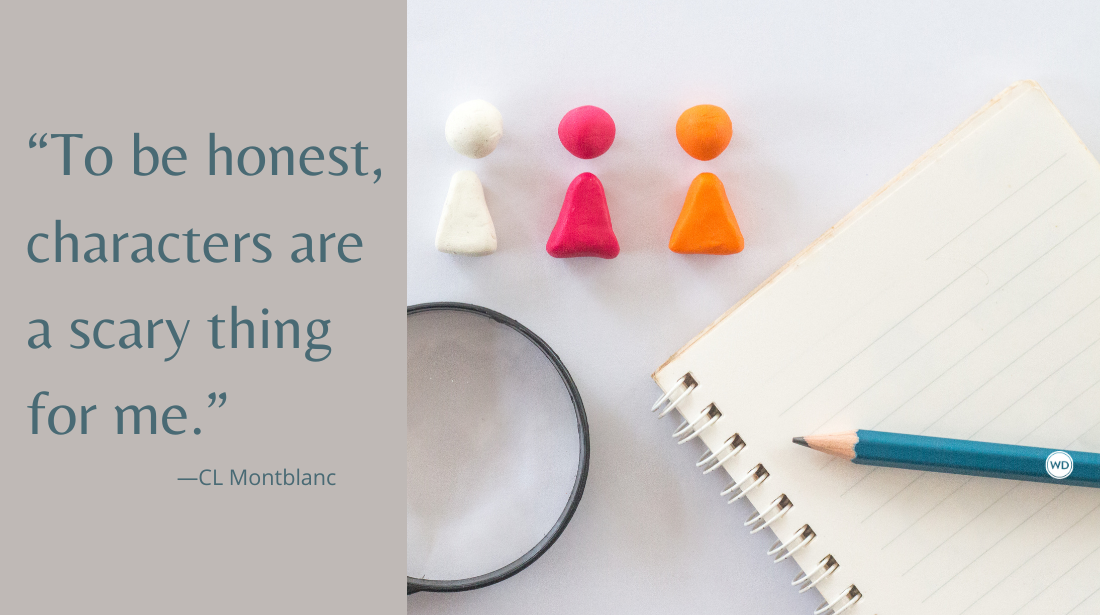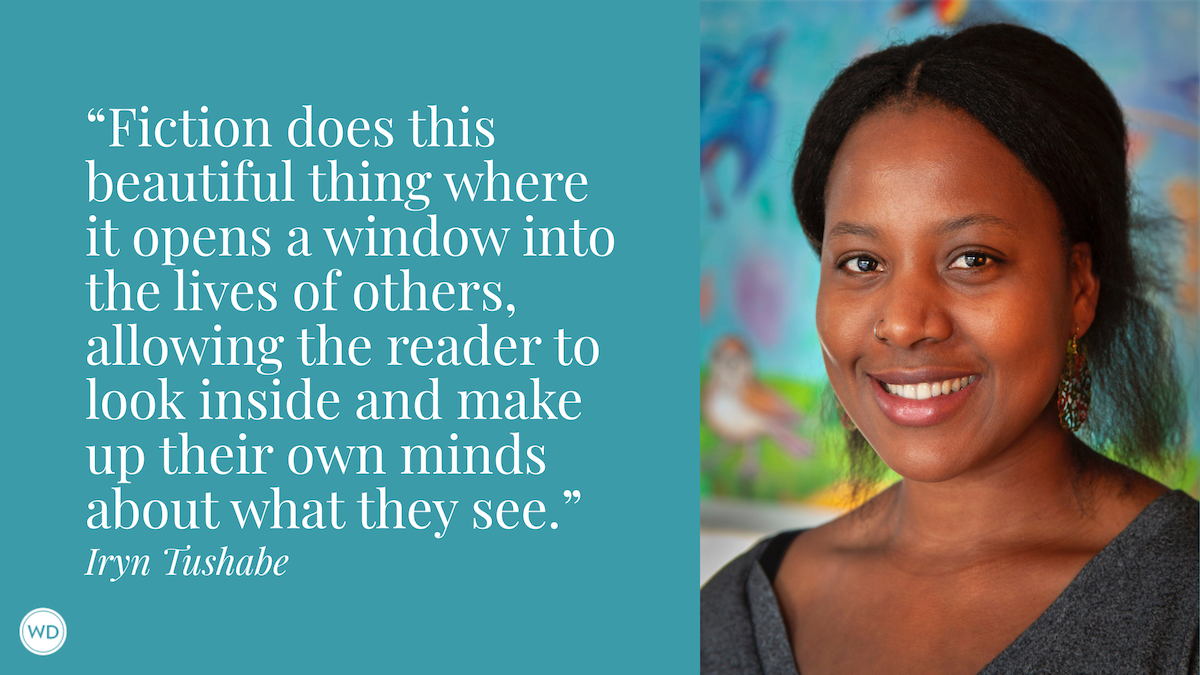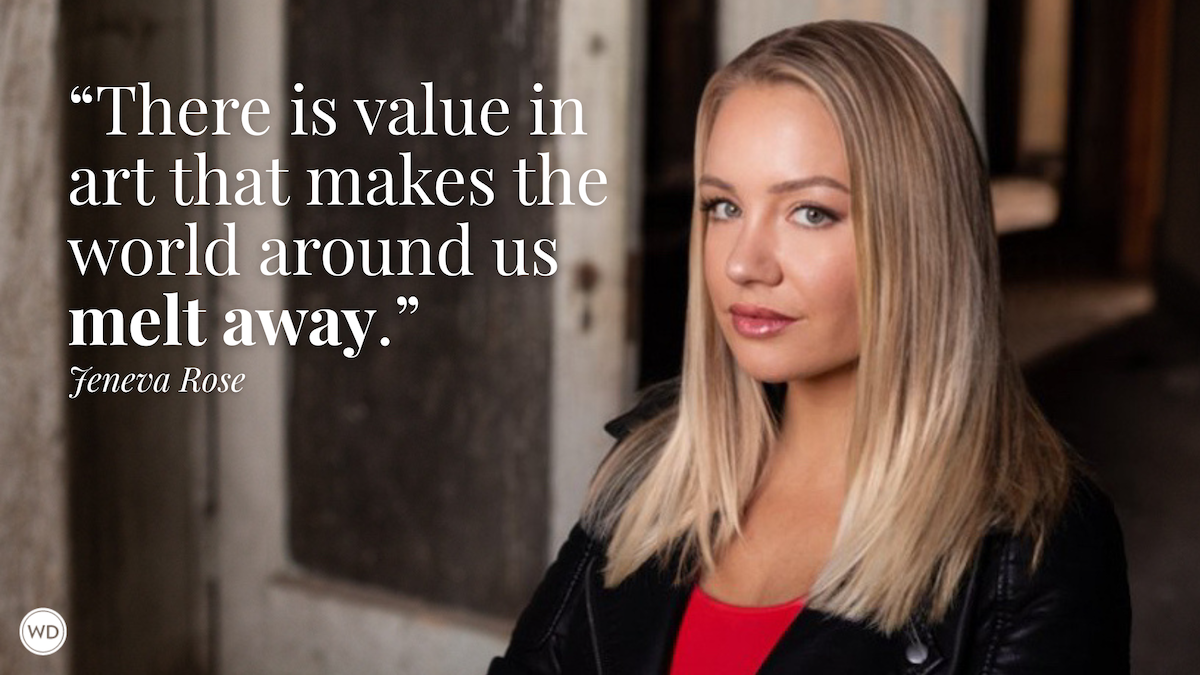Five Tips for Writing Romantic Scenes
Romance author Denise Williams dishes out her top five tips to penning a romantic scene that hooks your readers and avoids cliche.
Whether a romantic scene is touching and tearful or funny and quirky, whether it ends with a chaste kiss or an open-door love scene, there are a few common denominators for writing a swoon-worthy, heartfelt romantic scene.
1. Connect to the stakes. Romantic moments can provide relief from tension in the book and will be most impactful when the romance of the scene connects to the stakes for the characters. How is a character’s internal conflict related to the romantic moment? What are they feeling or seeing in that romantic moment that challenges their world view? Romantic scenes feel romantic because readers know the weight of the moment—don’t let them forget. Ideally, at the end of the scene, the reader will let out the breath they were holding from the tension that just resolved.
2. Engage all the senses. On the surface, a romantic scene is about words and touches. Those certainly matter, but the best romantic scenes draw in the reader with the use of smell, sound, or taste. If an author sets the reader squarely in the moment, the reader is ready to feel those touches and hear the words and the scene will feel that much more meaningful.
IndieBound | Bookshop | Amazon
[WD uses affiliate links.]
3. Don’t detail every movement. A common mistake in writing physical love scenes is giving too much detail about movements to the detriment of the character’s emotions. If a reader is too busy figuring out which hands are moving where, they will lose the emotional connection with the character and the scene. Writers can balance one or two reactions for every written action. For example, when the character is touched, how does it feel? What does it make them think? How does their body react?
4. Make dialogue count. Some romantic scenes are full of dialogue and others include very few words. In either case, make sure the dialogue in a romantic scene reminds the reader why this moment matters. If this is a time of heightened emotion, how will that influence the character? When aroused, people often speak in shorter sentences. When nervous, someone might babble. Make sure the dialogue fits the moment and the character. In some scenes, that means dialogue rich with effusive declarations of love; in others, it might be words gasped in pleasure. Make those words count.
5. Make use of silence and stillness. The silence where meaningful glances and bated breaths live is powerful in romance. Likewise, a moment of stillness between characters where one can note the weight and feel of a touch without a flurry of movement can build tension and anticipation for the reader.
I might be biased as a romance writer and a romance reader, but romantic scenes are my favorite. Good luck crafting those magic moments.
Denise Williams wrote her first book in the second grade. I Hate You and its sequel, I Still Hate You, featured a tough, funny heroine, a quirky hero, witty banter, and a dragon. Minus the dragons, these are still the books she likes to write. After penning those early works, she finished second grade and eventually earned a PhD in education, going on to work in higher education. After growing up a military brat around the world and across the country, Denise now lives in Des Moines, Iowa with her husband, son, and two ornery shih-tzus who think they own the house.








